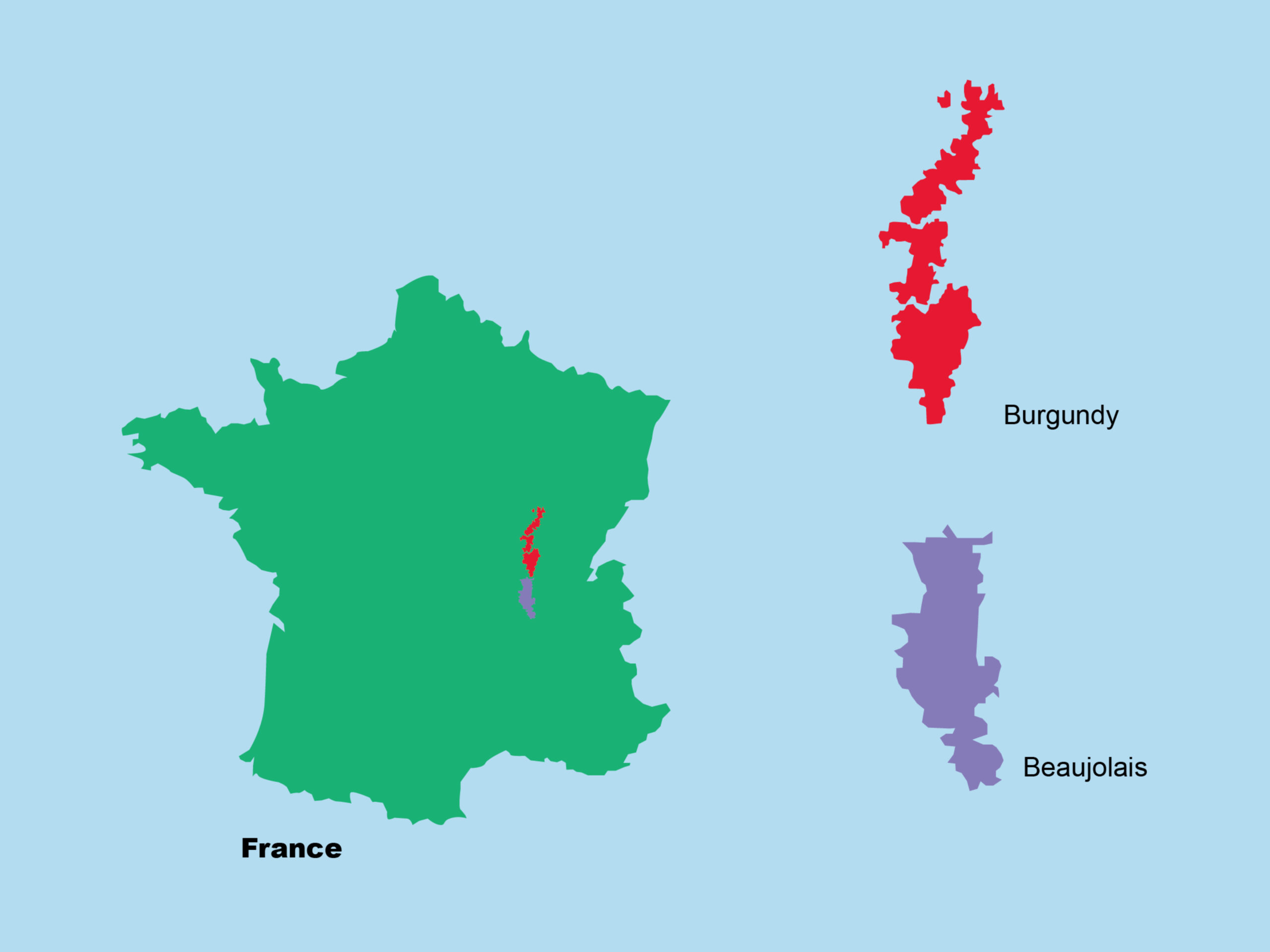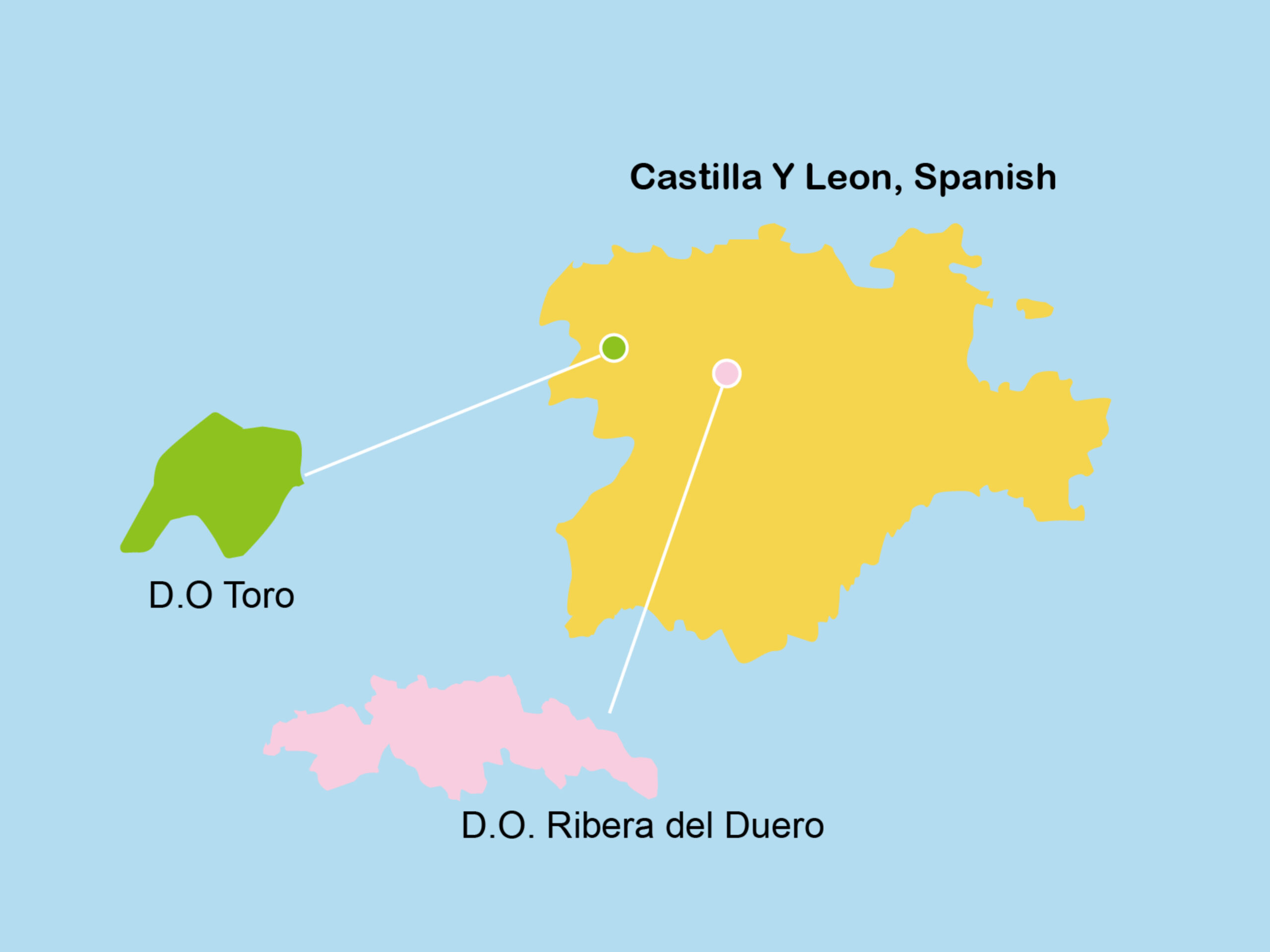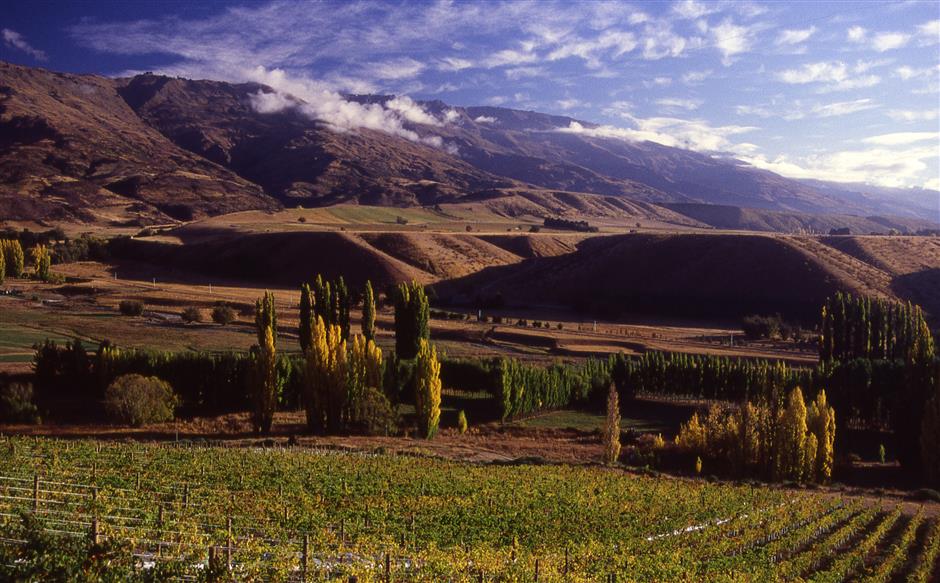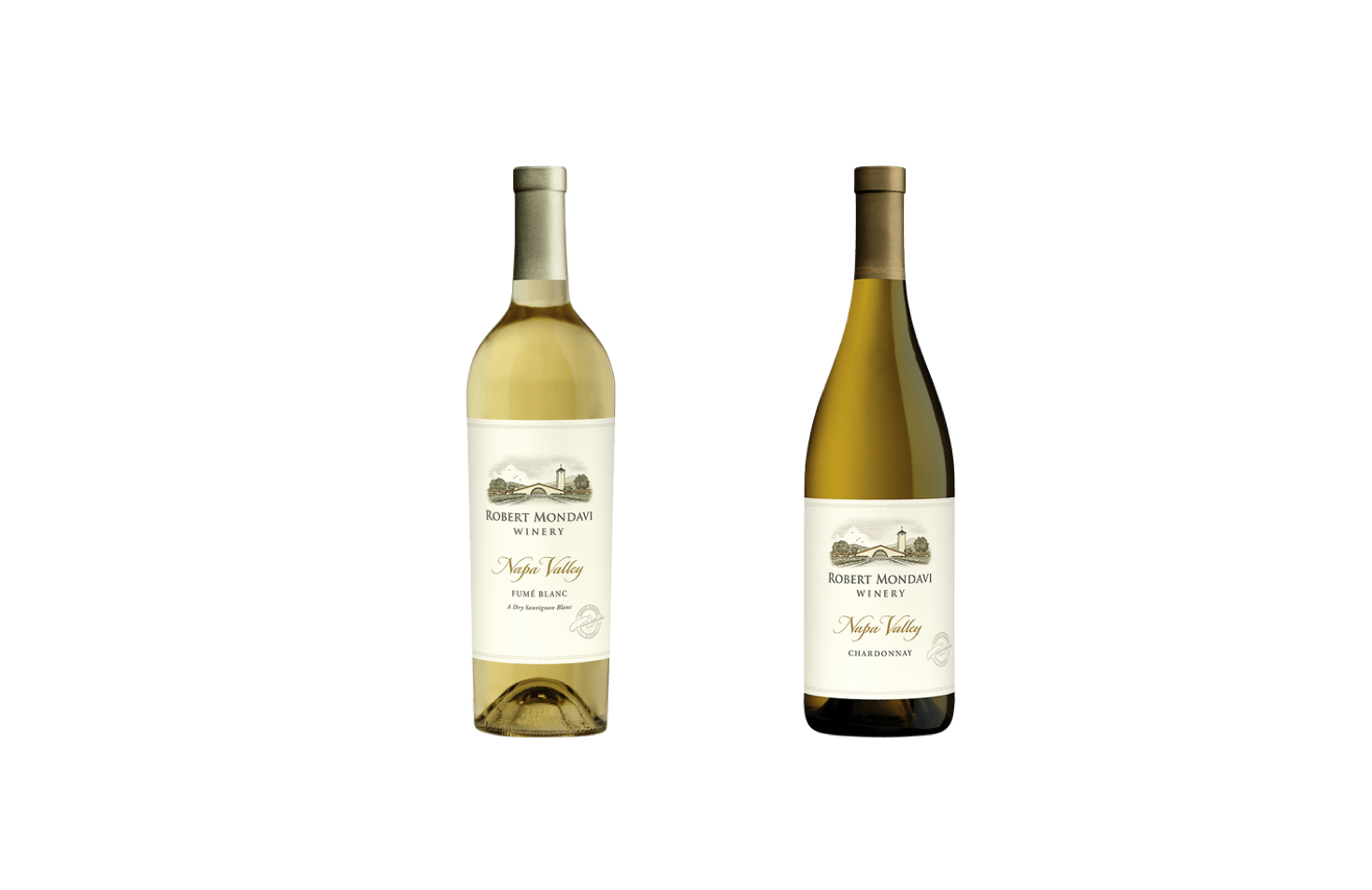Later this week, Beaujolais Nouveau madness hits Shanghai. Therefore it’s a good time to take an honest look at this much-hyped and often misunderstood wine. This is not a great or classic wine and most wine snobs won’t go near a bottle of Beaujolais Nouveau. But that’s what makes this wine so fun. Wine people tend to take wines and themselves too seriously, so I find the simple exuberance and easy-going nature of Beaujolais Nouveau refreshing. The wines aren’t bad either.

The Story
Wines have been made in the Beaujolais area of southern Burgundy for over 2,000 years. From the Romans to the monks of Medieval Europe to present day winemakers, celebrating the new harvest by releasing some wine early has always been a tradition in Beaujolais. Winemakers would load barrels of the new wine on horse carts and take them to the taverns of Lyon and surrounding towns where thirsty locals drank with gusto and abandon. Their enthusiasm was so great that popular folklore has it that three rivers run through Lyon, “the Rhone, the Saone and Beaujolais”. Until the mid 20th century this was a local celebration. The Beaujolais region achieved AOC status in 1937 when laws were established that stipulated the earliest wines could be released no sooner than December 15th. In 1951, the law was amended to allow a 15 November release date and finally in 1985 the date was changed to the third Thursday of November at midnight to take advantage of the coming weekend. By this time, innovative producers like George Duboeuf had already developed a marketing campaign built around a race to Paris carrying the first bottles of the vintage. The slogan “Le Beaujolais Nouveau est arrive!” literally in English, “The Beaujolais has arrived!” became famous everywhere. With plenty of publicity events and heavy advertising this annual madness became the most successful marketing campaign in the wine world. All forms of transportation from jets to balloons to elephants have been used to rush the new wine to the far corners of the globe where drinkers eagerly awaited. In China, I never cease to be amazed when I see housewives who rarely if ever buy other wines load their shopping carts with Beaujolais Nouveau.
The Reality
Most wines are made by first crushing the grapes then starting the fermentation process. With Beaujolais Nouveau the Gamay grapes are left whole and the fermentation of the grapes occurs inside the skins. In the complicated wine world we call this carbonic maceration. The lack of any substantial interaction with the skins results in a purple-red or purple-pink wine that’s fresh, fruity and soft with almost no tannins. Never to be confused with a great wine, the overall quality of most Beaujolais Nouveau wines in remarkably good. The most important factor in choosing the right Beaujolais Nouveau is the producer. Some good producers who’s you can find in Shanghai include George Duboeuf, Joseph Drouhin, Louis Jadot and Pierre Feraud.
How should we enjoy this wine? First and foremost you should always chill the wine and serve about 12-13 C. I also highly recommend consuming the wine within three to four months or by the end of March the following year. The lack of tannins that act as a preservative in most red wines means that the lively fruitiness of Beaujolais Nouveau wines dissipates rather quickly. Feel free to serve as an aperitif or with light foods including grilled or roasted fish. A personal favorite is Beaujolais Nouveau with Dim Sum.





